HP-85: Pinch Roller reconstruction / Cleaning Rubber / DC-1000 Fix
I had several problems with the repair of the Hewlett-Packard HP-85.
The first problem was the way to reconstruct the pinch roller using a latex tube, this is a very bad choice, then i have used a 10mm heat shrink, this choice instead is very good.
The second problem was the rubber parts of the pinch roller are literally dissolved and the rubber is went to cover the optical diode and part of the pcb and of course nothing has worked and the tape drive was always in stalled state.
After cleaning, the drive started to work perfectly. The last problem are the magnetic tapes 3M DC-1000 instead of HP DC-100, for the correct operation you must perform a modification by adding a resistor of 2kohm in parallel to the already present on the pcb. After this mod you need to format the tape with the “erasetape” command.
I must also thank John of the site vintagecomputers.freeserve.co.uk for the support.
Download:
source: voidware.com/calcs/hp85rep hp9845.net vintagecomputers.freeserve.co.uk















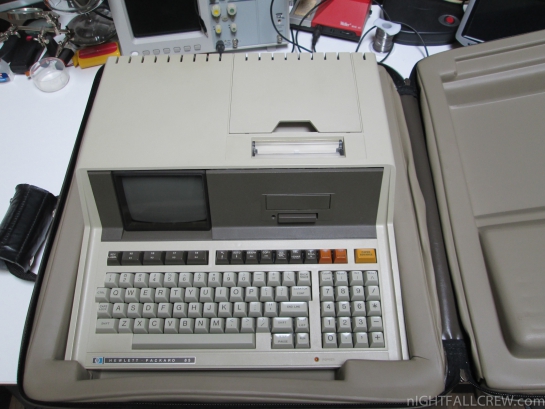















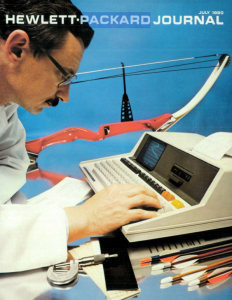
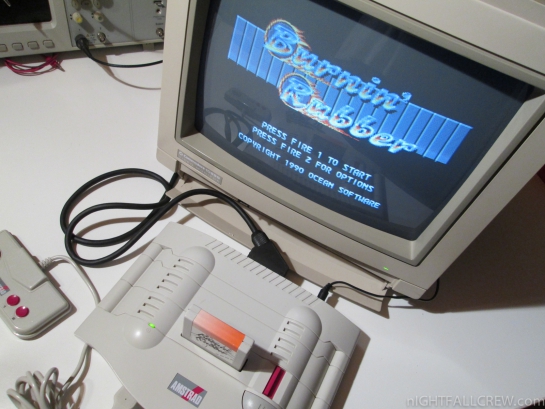















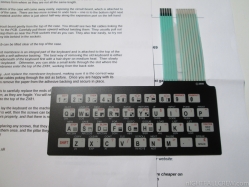















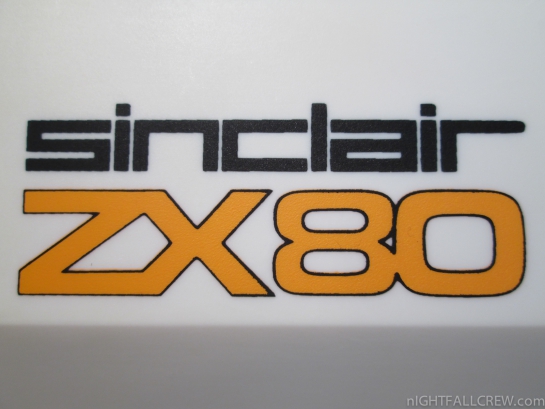















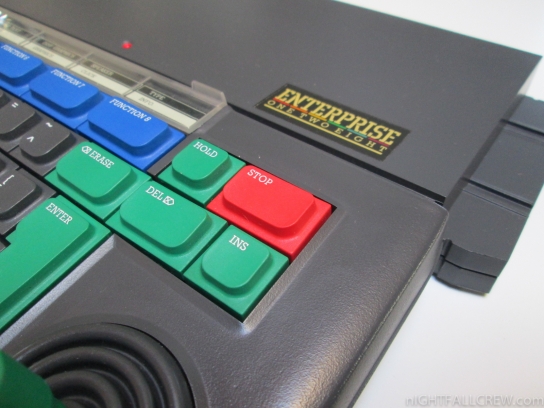















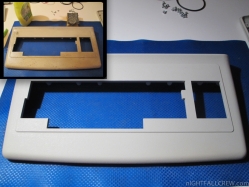
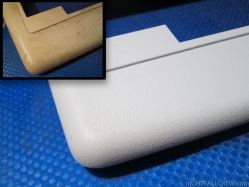










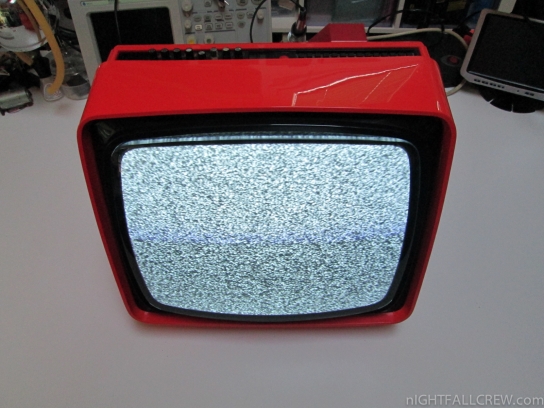















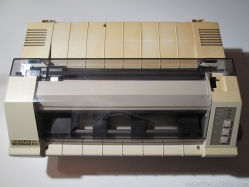















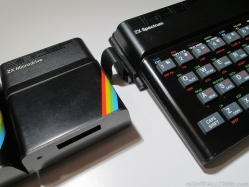



















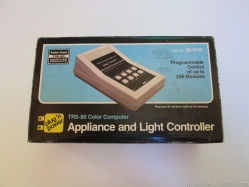















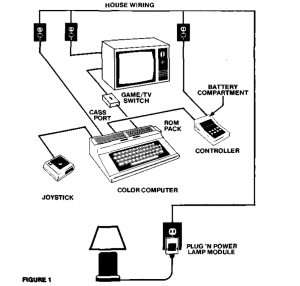
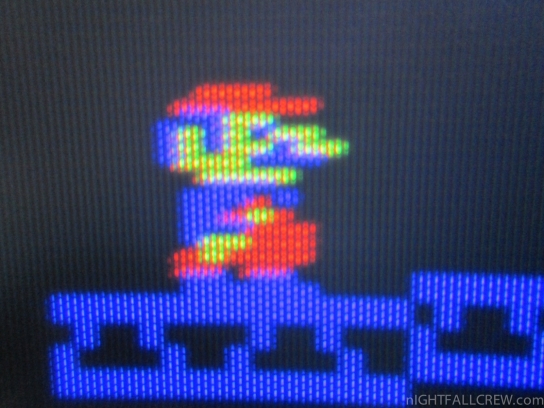















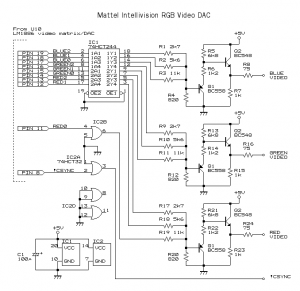
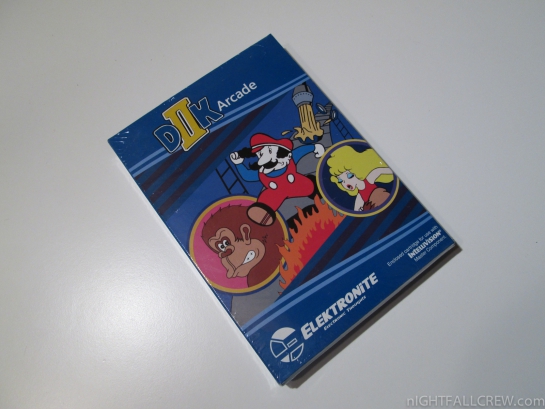


















Recent Comments